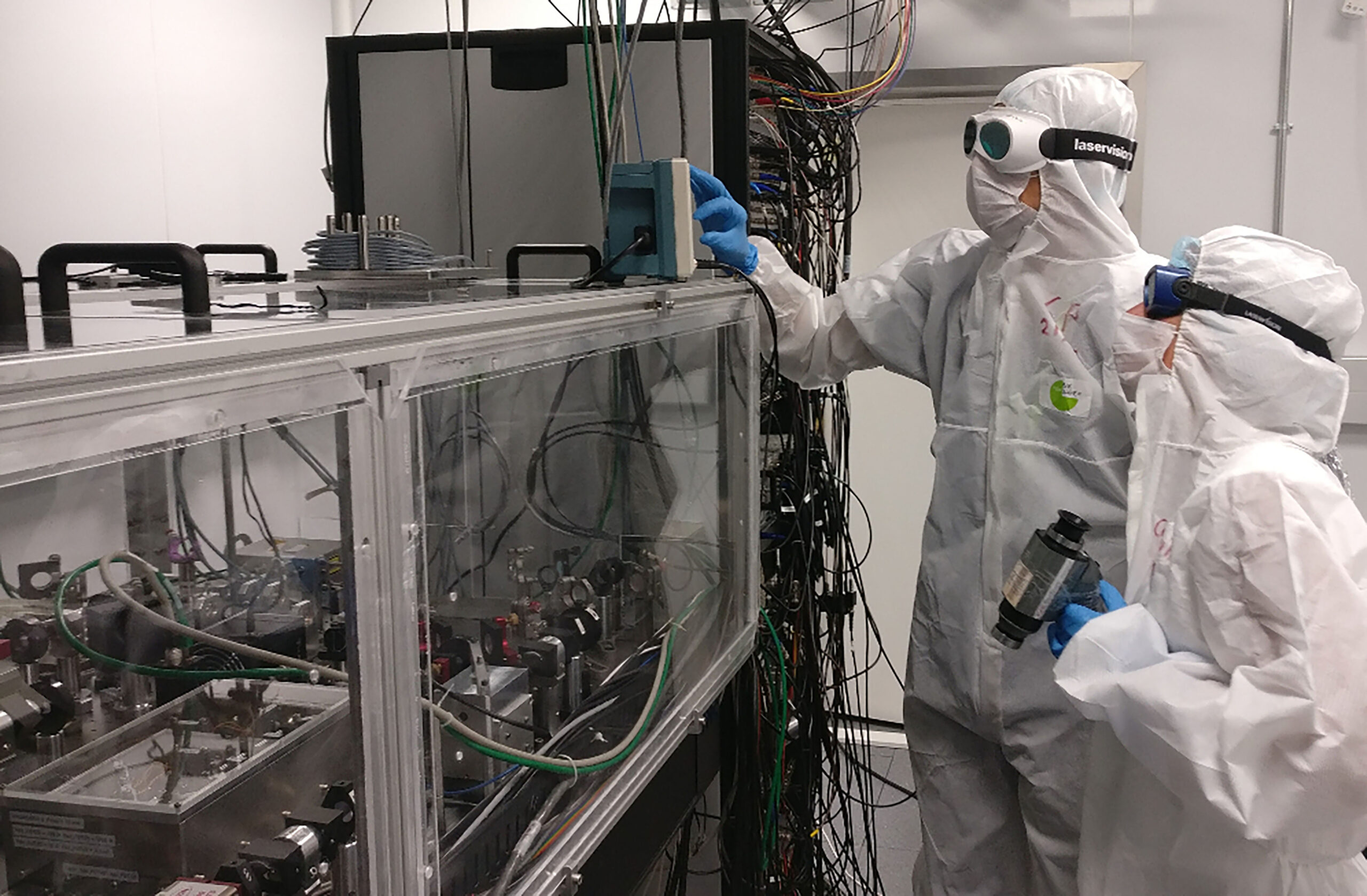During the past six months, the network has operated with all three of the interferometers active concurrently for 44% of the time. Candidate signals have been identified from as far as 17 billion light years away, as was the case with the candidate event of the 6th of July, 2019 (more information is available here).
O3 has proven very rich in terms of alerts. A total of 31 candidate events have been recorded so far, and the LIGO-Virgo Collaboration has issued several public alerts, which are freely accessible at the Gravitational Wave Candidate Event Database. The alerts facilitate follow-up observations by other telescopes (e.g. electromagnetic and neutrino) and enhance the extraordinary potential of multi-messenger observations, pioneered with the GW170817 event.
During the first and second observation runs – O1 and O2 – ten mergers of binary black holes and one merger of a binary neutron star were identified by the LIGO-Virgo Collaboration (more information here). Since the beginning of O3, the LIGO-Virgo Collaboration has identified approximately one binary merger candidate a week. Preliminary results suggest that the majority are mergers of binary black holes. Detailed analysis is ongoing to understand the properties of all the candidates.
“There have been so many triggers!”, says Giuseppe Greco – post-doctoral researcher at the University of Urbino and collaborator at the Istituto Nazionale di Fisica Nucleare (INFN) in Italy – enthusiastically. “It was really exciting to issue so many candidate events. They triggered an extraordinary effort by scientists from all over the world”.
“After the alerts are sent, work continues to fully assess whether they are true gravitational-wave detections and to extract all available physics information from the data. The quest for the discovery of a new type of source is extremely motivating”, says Marie-Anne Bizouard, CNRS researcher at the Observatoire Côte d’Azur, in France, and Burst Source Group co-chair. “Compact binary system mergers are not the only gravitational-wave source the data analysis groups are working on, day and night, either.”
Nicolas Arnaud, a CNRS researcher, currently seconded to the European Gravitational Observatory (EGO), also points out that, “Candidate gravitational-wave events keep the Detector Characterization Group permanently on the look-out. Alerts can pop up at any time, including nights and weekends. Each time Virgo is part of such a trigger, we need to quickly assess the quality of our data. This is one of the inputs required to decide whether the alert will go public or should be retracted. Shifters on duty for a week use tailored automated software and growing expertise to vet the events.”
During O3, the interferometers have been left almost undisturbed, in order to maximise the amount of data collected. For Advanced Virgo, the only interruptions have been to allow for weekly maintenance and calibration and sum to an average of around 20 hours per week.
The Virgo and LIGO Scientific Collaborations have, however, agreed to pause O3 for a month, as of the 1st of October. For Advanced Virgo, the break will be used to improve the performance achieved during the O3 run, both in terms of sensitivity to gravitational-waves and duty cycle – the extent to which the interferometers are taking useful science data. O3 will then restart on the 1st of November and will run until the 30th of April, 2020.
“After six months of continuous data-taking, the interferometer needs a check-up”, says Matteo Tacca, researcher at Nikhef in The Netherlands and the Virgo Commissioning Coordinator. “Acquiring data for such a long period is not only exciting for gravitational-wave searches, but it is also helpful from the instrumental point of view.
“We can analyse the data that have been produced by the instrument while it was undisturbed, in order to better understand its behaviour. We already have some useful indications for further studies, which may help to improve the instrument. During this break, we will make some hardware upgrades to fix a few issues we have found relating to the stability of the machine. We will also have the opportunity to hunt for some technical noise sources that impact upon the detector sensitivity.”
When the O3 pause concludes at the start of November, Advanced Virgo and LIGO should be even better placed to continuously acquire useful science data for another 6 months.

